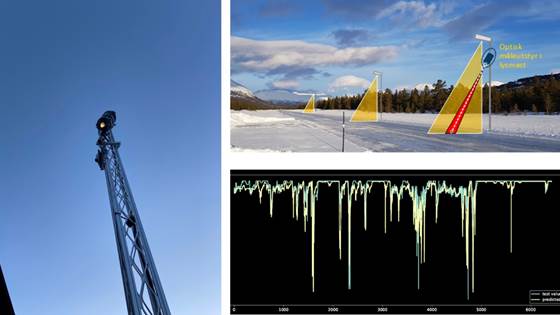
Prediction and monitoring of winter road condition
Our primary goal of the project is to develop and test an optical sensor and a prediction model of winter road surface condition

Our primary goal of the project is to develop and test an optical sensor and a prediction model of winter road surface condition
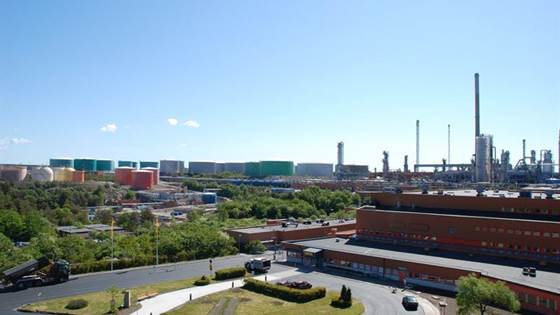
CO2 capture and liquefaction at Preem refineries in Lysekil or Gothenburg, Sweden, for storage of CO2 on the Norwegian Continental Shelf
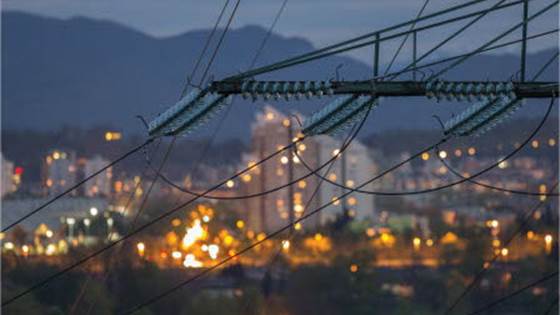
Resilient and Probabilistic reliability management of the transmission grid
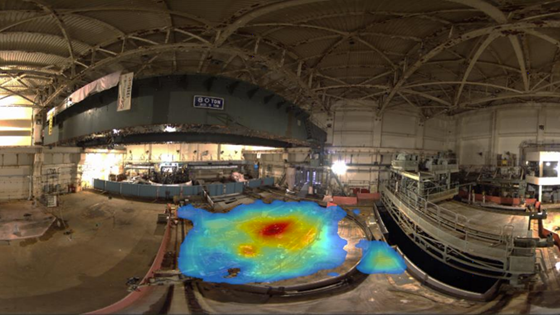
The primary objective of this project is to develop new technology and processes for increased safety and efficiency in nuclear decommissioning in Norway and abroad.
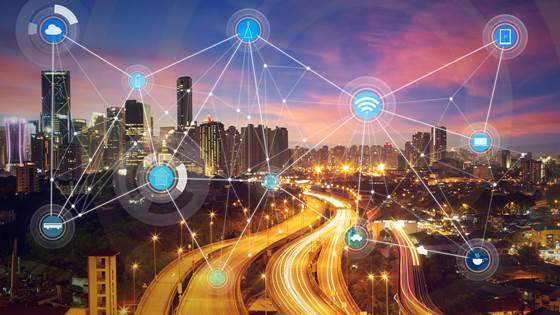
The main objective of the project is to develop methods for assessing, handling and limiting threats and vulnerabilities arising due to interactions between the SCADA system and other digital systems, in order to maintain the security of supply in...

The primary objective for this project is to develop an autonomous fixed-wing drone-based solution for powerline and pylon inspection that is safer, more cost-effective, and delivers better data quality than existing commercial solutions. SINTEF will...
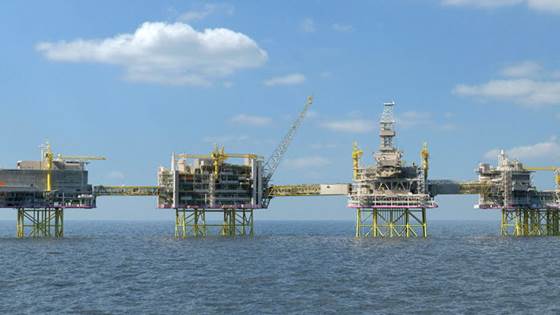
The primary objective of the project is to develop a novel cost-efficient method for tophole/non-invasive monitoring of permanently plugged wells that are cut below surface/seafloor.
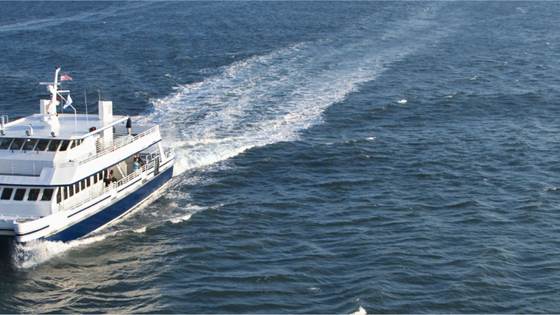
Pushing the power density limits for enabling new applications of inductive power transfer technology.
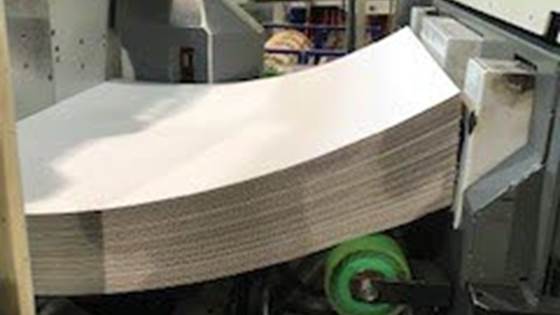
Warped cardboard is a major quality issue in the production of corrugated cardboard. It reduces the productivity in the converting units, causes reduced quality on the final product, and increases waste. In UnWarp we are using machine learning to...
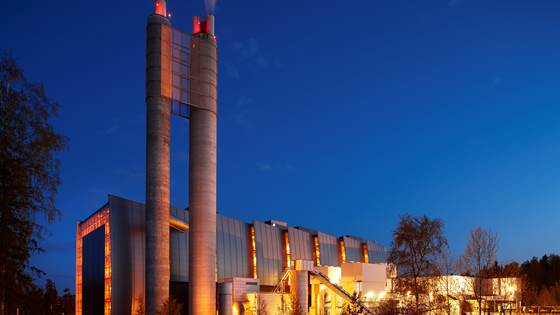
The goal of the ZEROC project is to deliver a road-map for the Norwegian and Swedish industry, with a 2045 perspective, to enable the transition to a zero-carbon future for the industry.
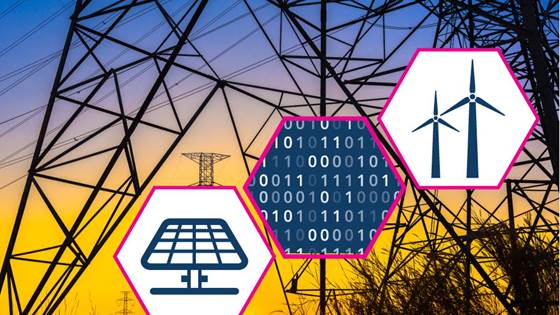
In a future sustainable power system there will be large shares of renewable generation, but also more changes in consumption and more cross-border transmission. Thus, the operation of the power system becomes more challenging, and calls for better...
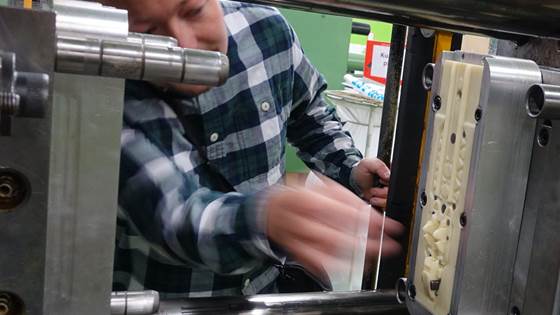
This project deals with technology for rapid and inexpensive injecion moulding of small product series. The main topic is additive manufacturing (AM) of mould inserts.

"The role of the safety representative in safety work" is a research project with the purpose to acquire new knowledge about the role of the safety representatives, and challenges and opportunities related to their participation in safety work in...

The overall goal of the evaluation was to evaluate the whole reorganization process of RRTW and investigate consequences at the system level, service levels, and patient levels.
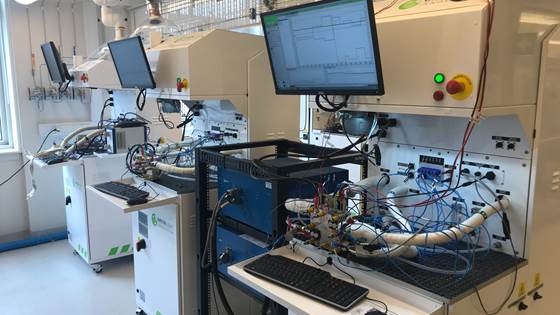
The Norwegian Fuel Cell and Hydrogen Centre is a joint initiative taken by three major Norwegian R&D stakeholders (SINTEF, IFE and NTNU) engaged in Fuel Cells and Hydrogen (FCH) technologies and has a clear nation-wide character and impact.
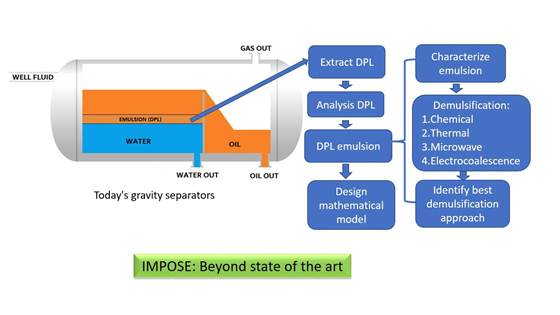
The aim of the IMPOSE project (Improved Separator Design through Dense Packed Layer Extraction and Treat), is to bring down the costs in petroleum- and other industries (including sludge water treatment, food industries and chemical industries) by...
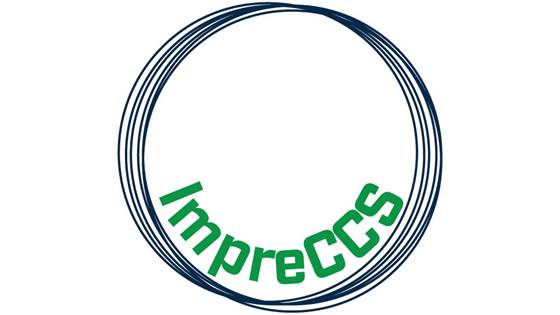
High costs and risks remain significant barriers to large-scale implementation of carbon capture, transport and storage (CCS).
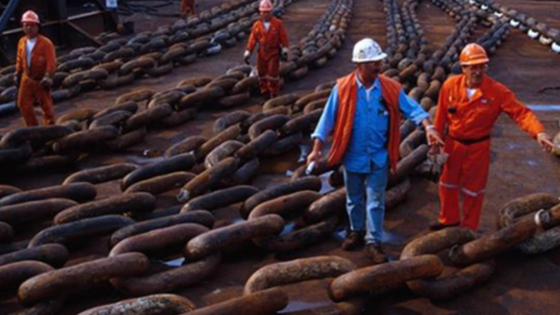
Improved lifetime estimation of mooring chains.